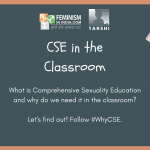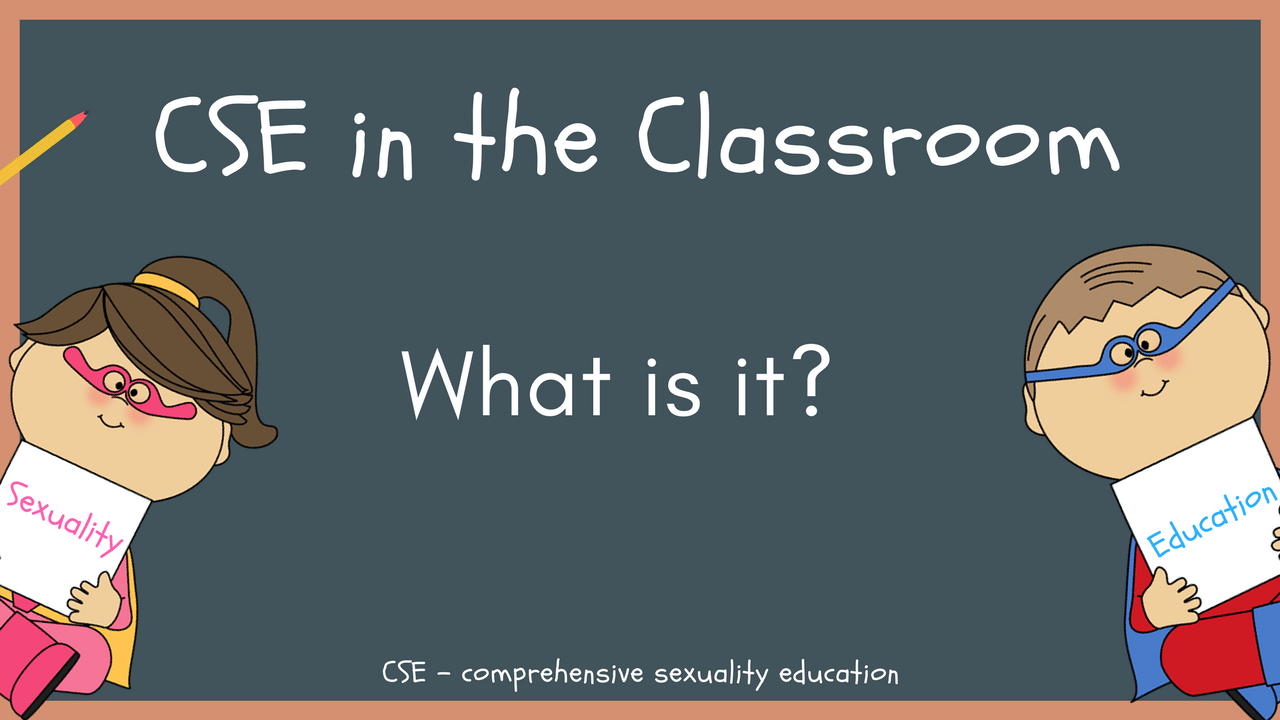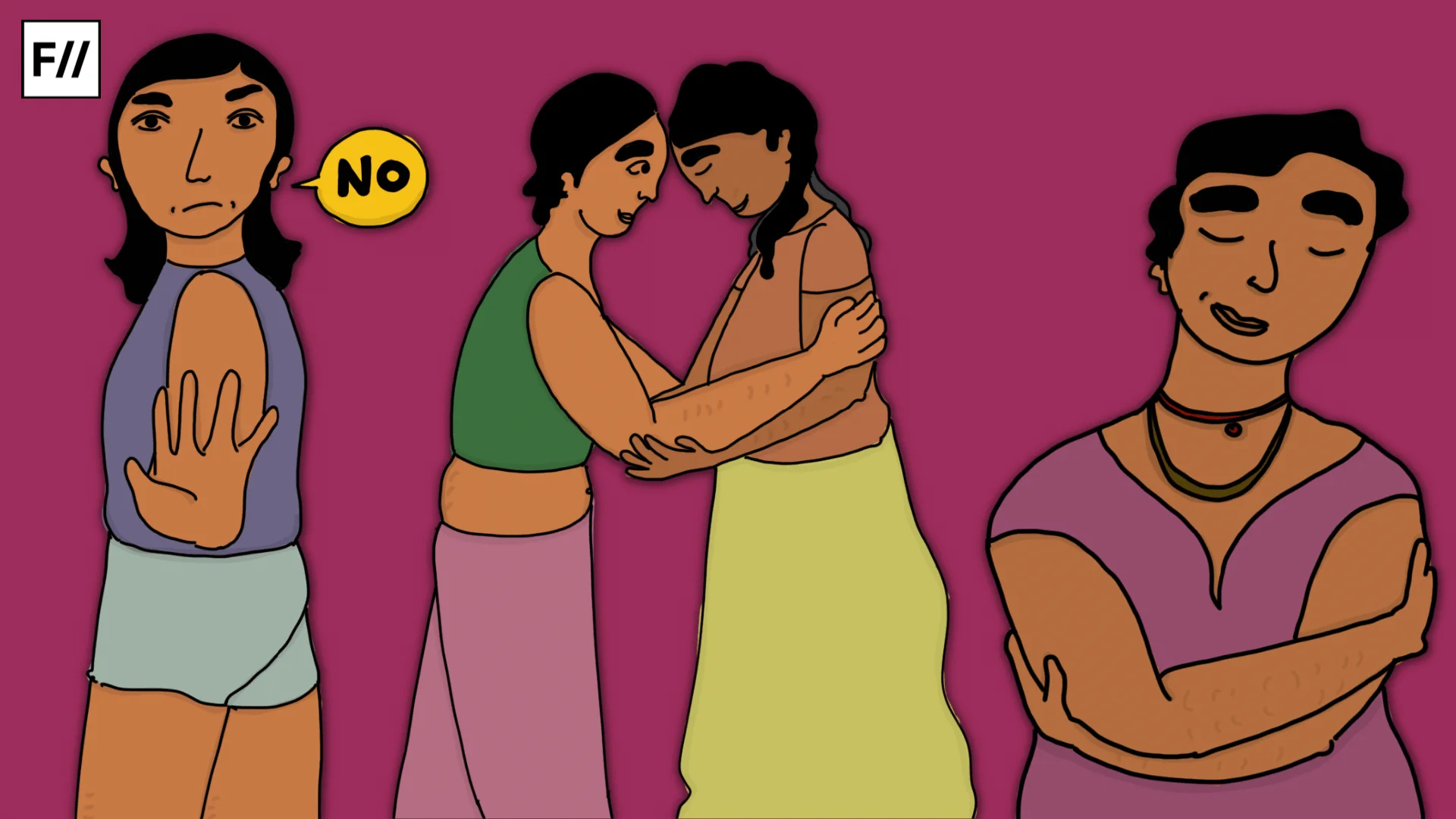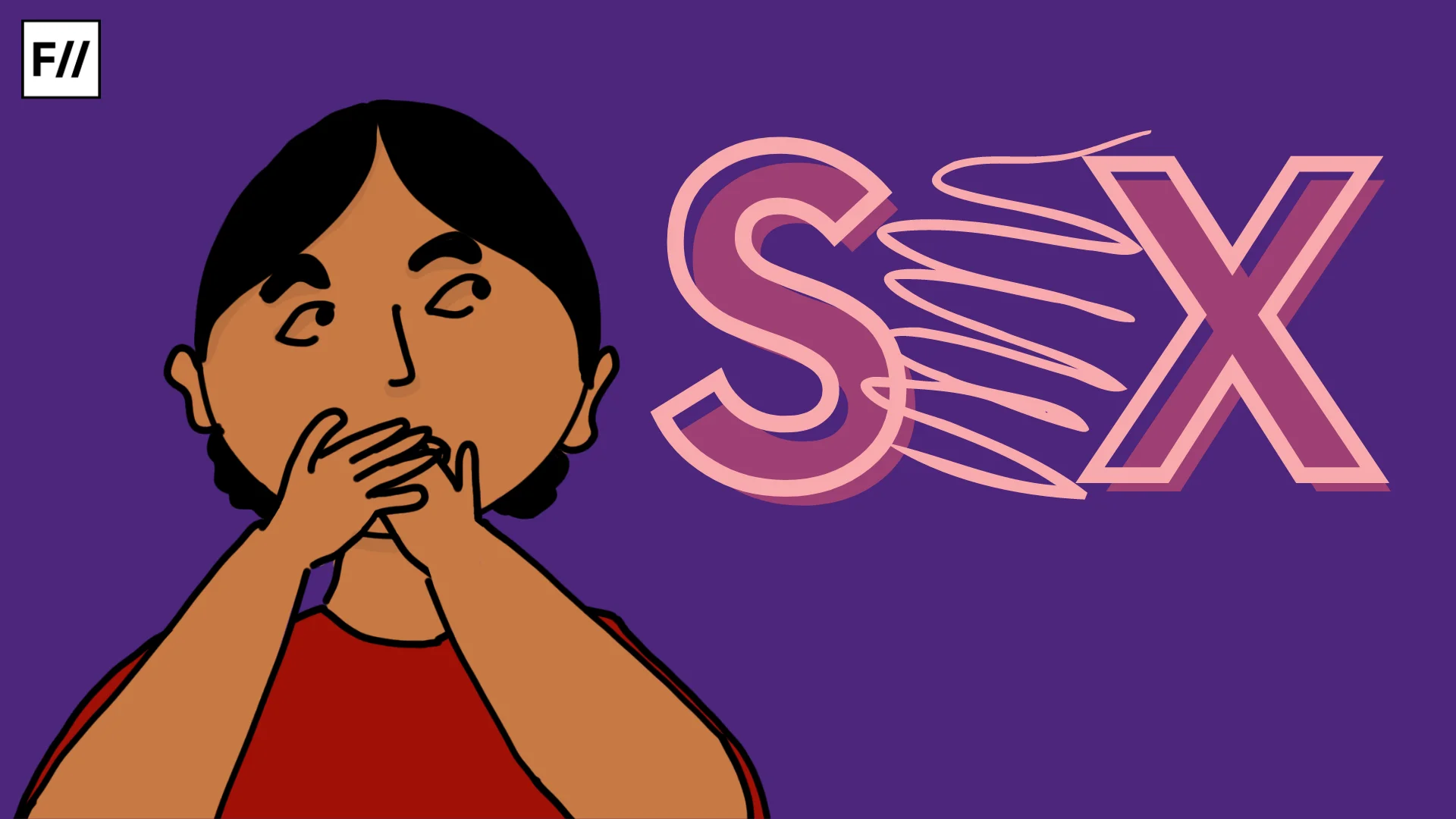 Editor’s Note: Feminism in India in collaboration with TARSHI have launched a campaign ‘#WhyCSE – CSE In The Classroom’ to emphasize the need for Comprehensive Sexuality Education in schools. Read more about the campaign here.
Editor’s Note: Feminism in India in collaboration with TARSHI have launched a campaign ‘#WhyCSE – CSE In The Classroom’ to emphasize the need for Comprehensive Sexuality Education in schools. Read more about the campaign here.Parents, teachers and concerned adults want their children to grow up gaining knowledge and awareness on living a healthy, happy and fulfilled life. In addition to putting them through school, we enroll them in classes to learn music and the arts, play sports or to understand money management. Then why not talk to them about their body and mind? And young people today have a variety of sources from which they can get incomplete, inaccurate and possibly harmful information, ranging from the internet to their peers to movies.
Wouldn’t it be better if instead, their trusted adults give them accurate information? The aim of sexuality education is two-fold. Along with reducing potentially negative consequences of sexual behaviour like unwanted pregnancies, sexually transmitted infections and child sexual abuse, it also increases wellbeing by enhancing the quality of life and relationship of young people.
Comprehensive sexuality education (CSE) is about bodily changes – of puberty, growing up, physical differences, and at times, it is also about how adolescents feel in their body – do they like what they see? Are they happy and comfortable? Or are they under some pressure to look and feel different?
Sexuality education is also as much about young people’s likes, loves, and relationships, with each other, with teachers, with their parents and society at large, and at the same time it’s about protection from abuse, violence, infections, hurt and the pain of break ups. It is about values and responsibilities, rights and duties. It is about sex too, what it is, the right time for it, who the ‘right’ person is, how and when to say no and when and why to say yes. It is about viewing sexuality affirmatively and responsibly.
Follow FII & Tarshi’s campaign on the need for CSE in the classroom by following #WhyCSE.
Read more about the campaign here. Read more about TARSHI’s online course on CSE here.
About the author(s)
Feminism In India is an award-winning digital intersectional feminist media organisation to learn, educate and develop a feminist sensibility and unravel the F-word among the youth in India.




